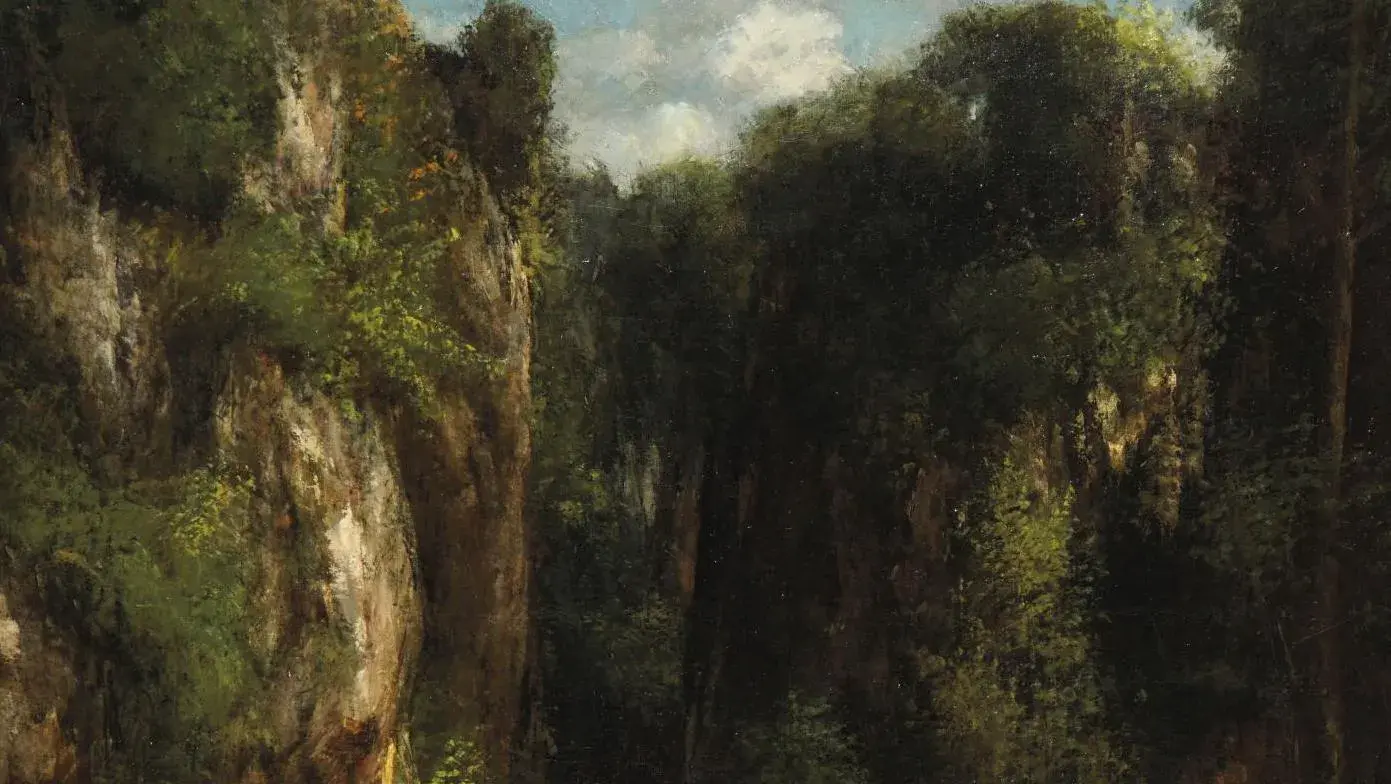From Courbet’s Jura to Marquet’s Tunis, via Lavandou, Paintings from a Saint-Etienne Collection
Published on

Works signed by Courbet, Marquet or Rysselberghe, the paintings from a collection from Saint-Etienne will delight lovers of 19th-century and modern painting. This first rate collection focuses on landscapes and still lifes, themes conducive to working with matter and color. Gustave Courbet (1819-1877), Paysage du Jura, c 1875, mounted oil on canvas, signed, 65 x 81 cm/25.59 x 31.89 in (detail).Estimate: €70,000/120,000 Eight paintings in one sale. A small but emblematic selection from the collection of an art lover from Saint-Etienne, in southern France, who passed away a few years ago. An entrepreneur, he assembled a large number of works between 1960









